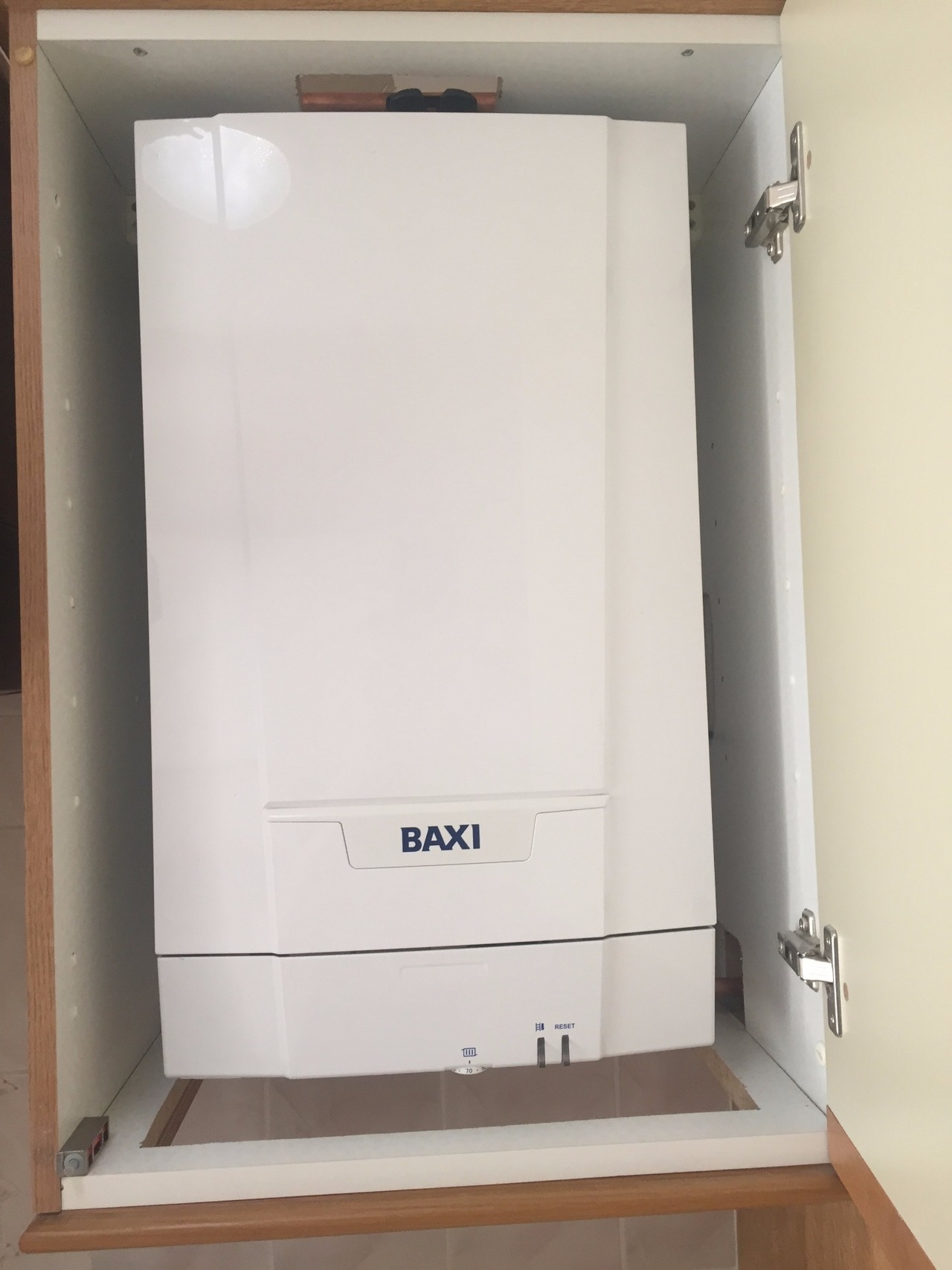Do you've got a leaking boiler?
If you have a boiler that you might think is leaking, but cannot see any form of leak, what do you do?
First we need to establish what sort of boiler you have, is it a mix boiler, system boiler or heat only boiler.

With combination and system boilers they work under ruthless, with heat only boilers they are sometimes are pressurised, or work under low pressure.
With all boilers that are pressurised you will have a pressure gauge suited to either the front of the boiler or near by on the pipe work.
A leaking boiler is not always a leaking boiler, I understand that may sound strange, but it's true. Each one of these boilers working under high pressure should have an expansion vessel fitted either internally or externally, that is normally the reason for a leaking boiler.
So how do we resolve the leaking boiler problem?
First https://www.scsplumbingandheating.co.uk/ should have your boiler serviced each year without fail, if you decide never to have your boiler serviced then at sometime in the future you will have a pricey repair bill or even the cost of a new boiler.
So why could it be vital that you have your boiler serviced?
The times of not bothering to service your boiler have over, these boilers were very basic rather than much went wrong using them, the most frequent problem was that the thermal coupling needed to be changed. These boilers were not very efficient around 40% of your fuel bill went of the flue and the other 60% into you're heat.
Because the introduction of the high efficiency condensing boilers it has been very important to possess them serviced each year. These boilers are designed to give the very best performance and most of most save you on your energy bill.
Whenever a boiler service is completed we are looking first to be sure everything is still safe, that there are no combustion or gas leaks, checking over the flue making sure the merchandise of combustion are exiting to the outside as they should.
We have a combustion reading with a combustion analyser and be sure the boiler when running is at the boiler makers parameters, if the reading are not correct then we perform further investigation to discover why, then reset.
Next we arrived at the most typical problem with one of these boilers.
The expansion vessel, The expansion vessel is a very important section of your boiler and heat, if this isn't working properly then you will have problems. The most common problem is definitely the lack of system pressure, a lot of people describe this as a leaking boiler.
In fact it's not a leaking boiler, it's an expansion vessel problem. The vessel should be checked every year and reset for your boiler to provide its best performance, once the vessel it not checked, as time passes it will stop working.
The Boiler Service
When you contact your neighborhood gas safe registered boiler service engineer to service your boiler, ask him to make certain the expansion vessel is checked over and reset if needed. For reasons uknown whenever a boiler service is completed, the expansion vessel seems to be left out and not checked, not all of that time period but around 80% of that time period. When you browse the boiler makers instructions on boiler service they say that the expansion should be checked and reset if needed.
Just what exactly happens to the expansion vessel?
The easiest method to describe the expansion vessel is, its just like a car tyre, as time passes it will eventually go flat. The vessel may be the same, it really is pumped up with an automobile pump to a Pressure that's compatible to the sort of heating system you have.
If the vessel loses its pressure then it will begin to fill with water internally, once this starts to occur most people start to think they may have a leaking boiler.
The expansion vessel works by taking up the expansion of the water as it heats up within you're heat. If the vessel does not have any internal pressure then it'll fill with water, once full, your boiler will begin to discharge water through the pressure relief valve, to release the pressure to avoid pipes bursting.
